What if we fill a crater on the moon with water? Can we create a lake on the moon? Would the water stay in this artificial lake?
Can we create a lake on the Moon?
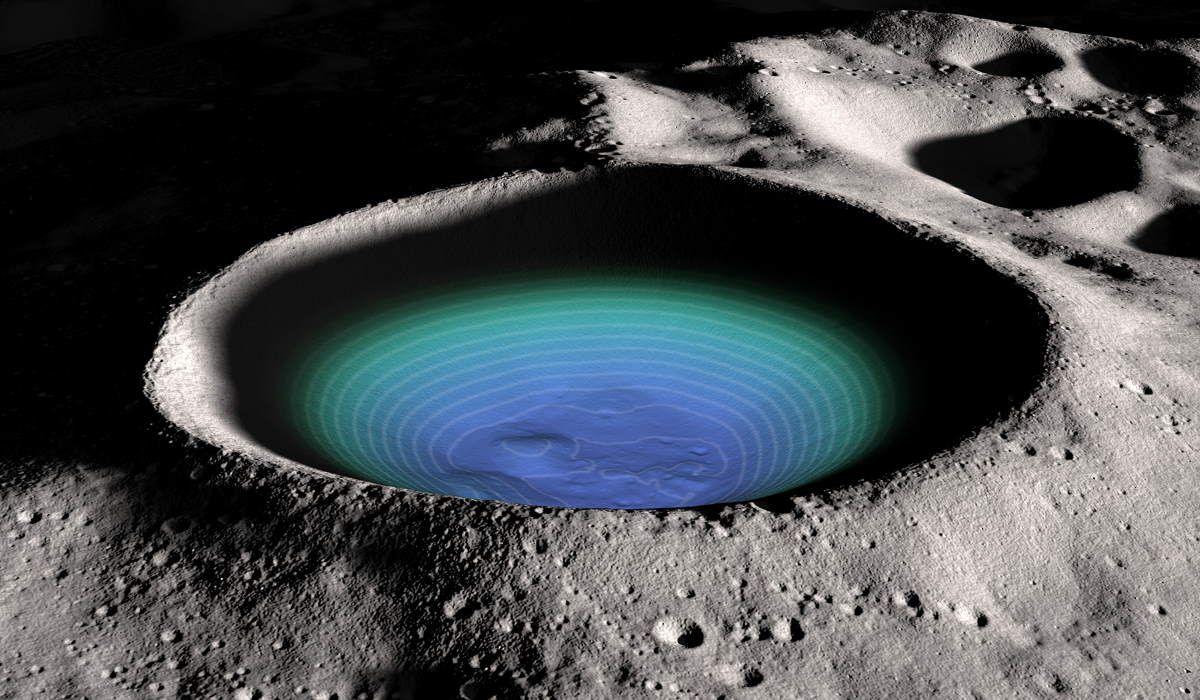

What if we fill a crater on the moon with water? Can we create a lake on the moon? Would the water stay in this artificial lake?
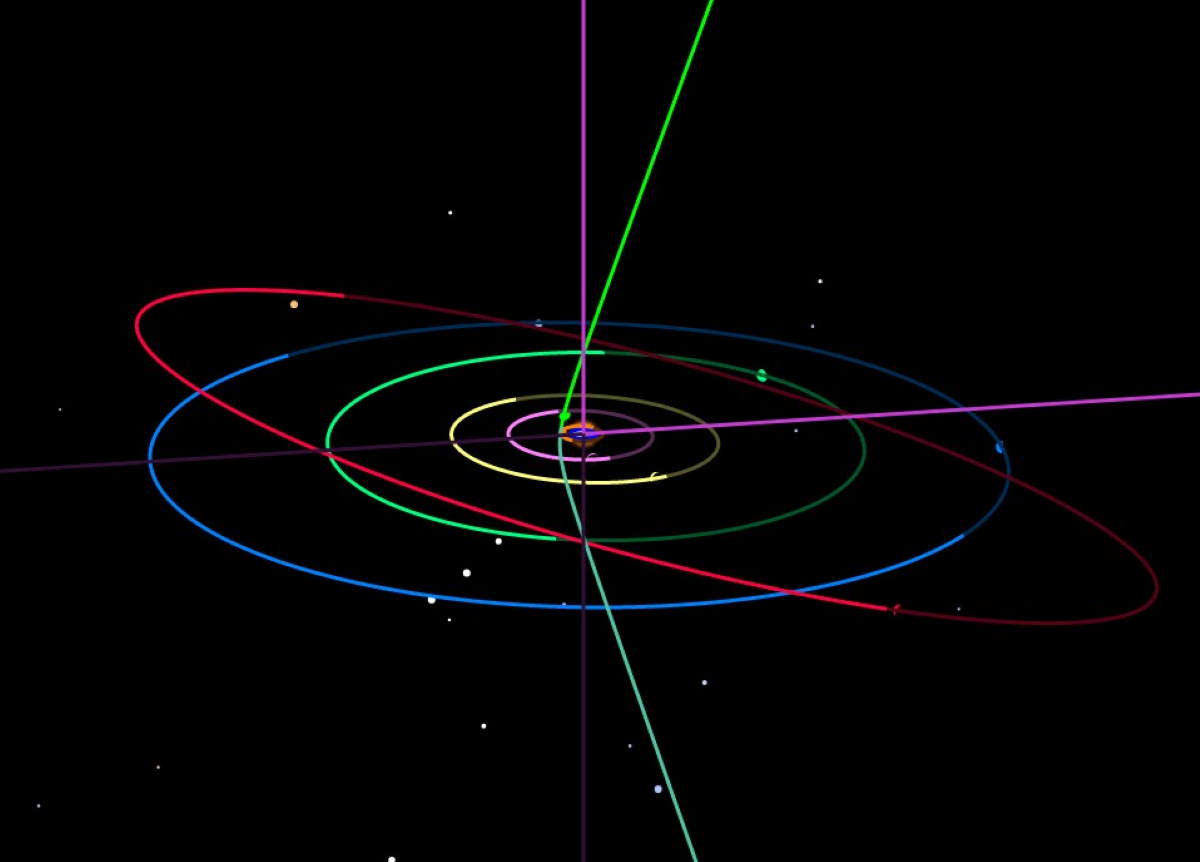
After ʻOumuamua, now we are likely to have another interstellar visitor beyond our solar system: comet C/2019 Q4 (Borisov). So the interstellar objects entering the solar system may not be rare at all.
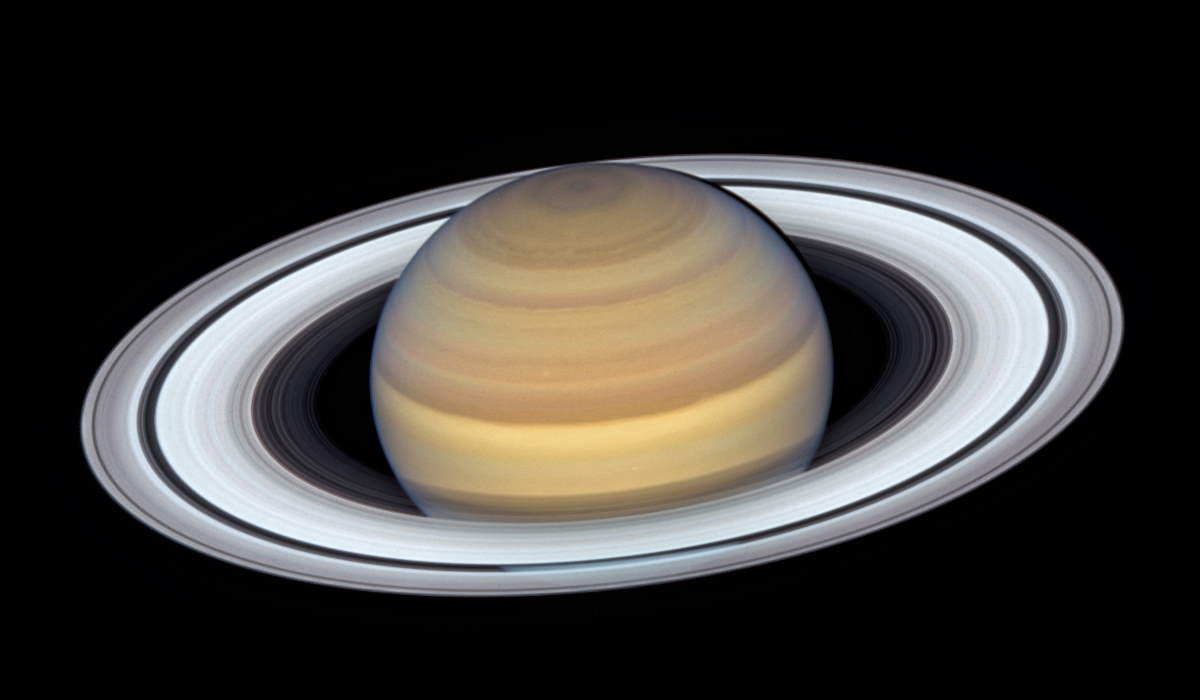
On June 20, 2019, Hubble Space Telescope snapped this beautiful portrait of Saturn and its rings at the ringed planet’s closest approach to Earth. The image was published on September 12, 2019.
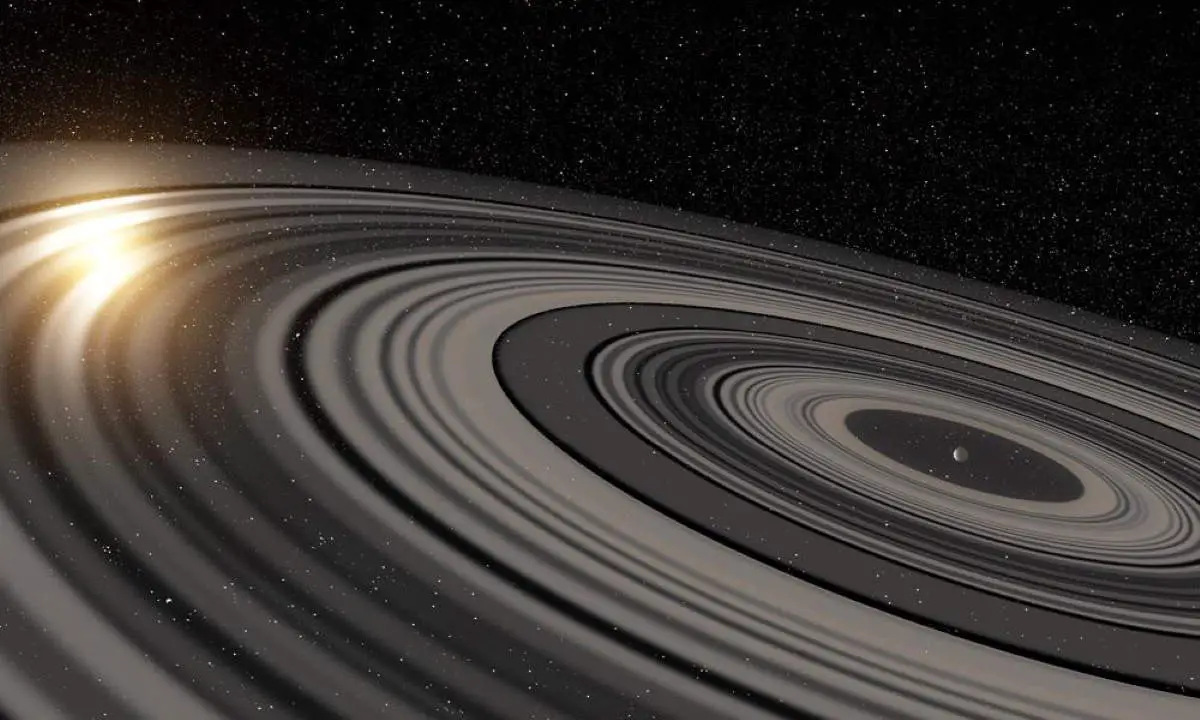
The exoplanet J1407b is simply “Super Saturn”. If you read Isaac Asimov‘s 1986 novel “Foundation and Earth”, you’ll remember how the main characters of the book (Councilman Golan Trevize, historian Janov Pelorat, and Gaian Bliss) were amazed by Saturn’s rings. They were thinking the gas giant with preeminent rings in old stories was just a myth. But after seeing Saturn, they made sure that they found the solar system which contains the Earth, the original home of humanity.

We can turn Earth into a giant telescope. According to a recent study titled “The ‘Terrascope’: On the Possibility of Using the Earth as an Atmospheric Lens”, published by David Kipping of Columbia University, our planet offers an opportunity for pronounced lensing.

To see exactly where the spacecraft and the celestial bodies (planets and other astronomical objects) really are, right now, you can use NASA’s real-time, 3D solar system model.
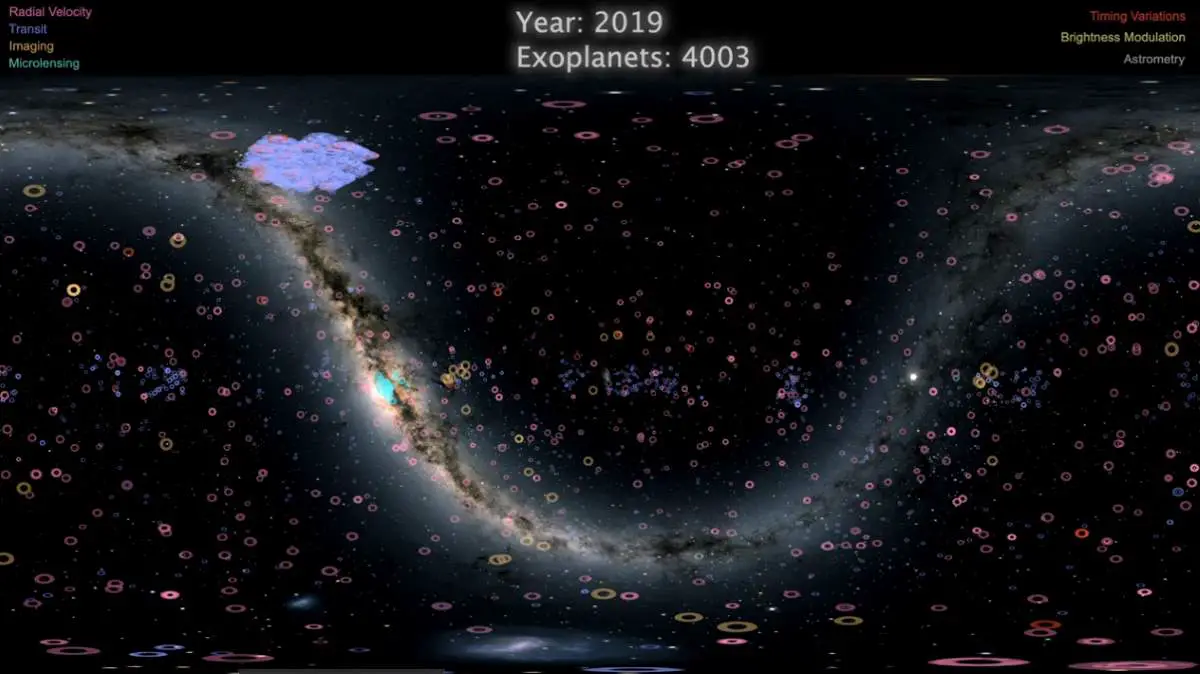
Even as late as 1991, we had no hard evidence of planets existing outside our solar system (a centuries-old quest), known as “exoplanets”. Today, over 4000 exoplanets are known to exist. NASA has published an amazing video map showing them in the Milky Way galaxy on the Astronomy Picture of the Day website.

Now we’re living on a warm, hospitable planet. As Carl Sagan has said “That’s home. That’s us. On it everyone you love, everyone you know, everyone you ever heard of, every human being who ever was, lived out their lives.” We, humans, are the unquestionable rulers of our little oasis in a hostile universe. But all things must pass. Life on Earth, even the planet itself, won’t last forever. What’s more, humans may go extinct before our planet (and probably before the life on it) dies out. Here are some possible (and horrible) ways how planet Earth (or, at least, life on Earth) could die.
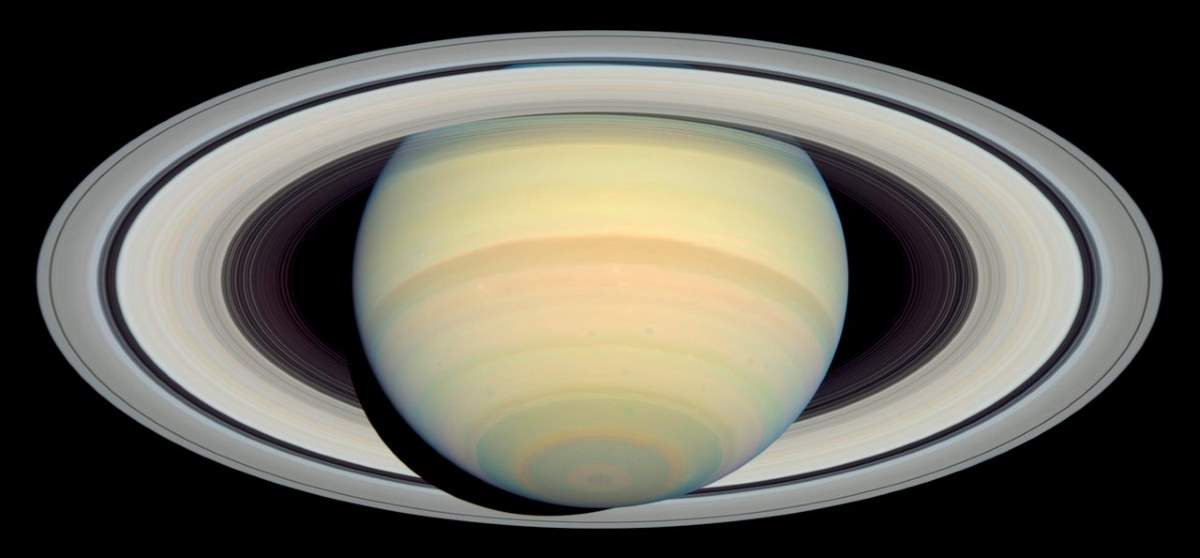
Hubble Space Telescope was launched on April 24, 1990, and entered service on May 20, 1990. Since then, it has observed all the planets in our Solar System, apart from Earth and Mercury. Earth is far better studied by geologists on the ground and specialized probes in orbit. Hubble can’t observe Mercury as it is too close to the Sun, whose brightness would damage the telescope’s sensitive instruments.
Here are the best images of the planets (except Earth and Mercury) and some non-planets of our Solar System through the eye of the Hubble Space Telescope.
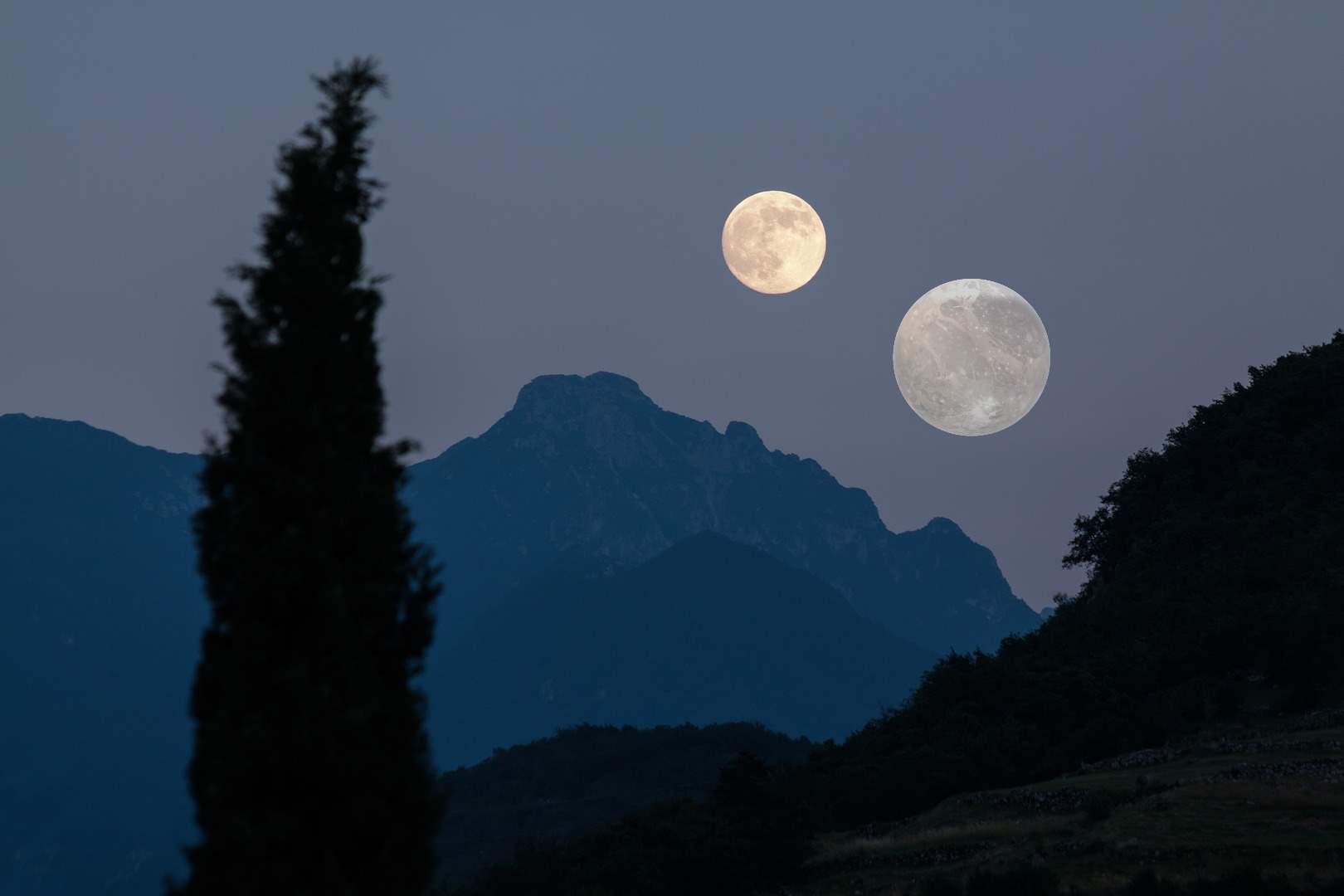
Jupiter’s moon Ganymede is the largest and most massive of the Solar System’s moons. It has a mean radius of 2634.1±0.3 km (about 1636 miles, 0.413 Earths). For comparison, our Moon’s radius is 1,737.1 km (1079 mi). What if Ganymede was the Earth’s second moon? How would it look in the sky, if it was at the same distance as the Moon?